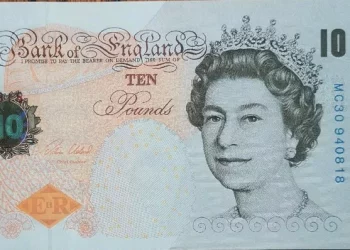The Indian Rupee (INR) continued its upward trajectory fueled by anticipated foreign inflows, as Indian bonds prepare to join the JP Morgan Emerging Market Bond Index on Friday. According to Business Standard, foreign investors have already allocated approximately $10 billion into eligible securities, with expectations of further inflows exceeding $30 billion in the coming months as India’s index weighting climbs to 10%.
Traders of the Indian Rupee are closely monitoring key economic indicators scheduled for release on Friday, including the Federal Fiscal Deficit for May and Foreign Exchange Reserves for the week ending June 17.
In the U.S. Dollar (USD) market, attention is focused on the Core PCE Price Index inflation data, projected to decrease year-over-year to 2.6% from the previous 2.8%. This data serves as the Federal Reserve’s preferred gauge of inflation.
Market Dynamics and Technical Analysis
Indian equity markets are extending gains driven by the return of foreign institutional investors and robust purchases in index heavyweights. Optimism surrounding the upcoming union budget for 2024-2025 and strong domestic economic data are buoying market sentiment. The Reserve Bank of India (RBI) has forecasted a 7.2% growth rate for FY 2025, further supporting positive market outlooks.
In the U.S., Federal Reserve Board of Governors member Michelle Bowman indicated a cautious stance on rate cuts amidst elevated inflation pressures, underscoring ongoing policy considerations.
Meanwhile, technical analysis of the USD/INR pair indicates a bearish bias, with the pair trading around 83.40. The daily chart reveals a broadening pattern, suggesting potential corrections followed by downward movements. The 14-day Relative Strength Index (RSI) below the 50 level reinforces this bearish outlook.
Immediate support for USD/INR rests at the 50-day Exponential Moving Average (EMA) of 83.40, with a break potentially strengthening the bearish sentiment towards the lower boundary of the broadening pattern at 83.30. Resistance levels are anticipated near 83.70 and the psychological barrier at 84.00.
This combination of market dynamics and technical signals underscores the current landscape for the Indian Rupee and its trading dynamics amidst global economic shifts and domestic policy outlooks.
Related Topics:



























